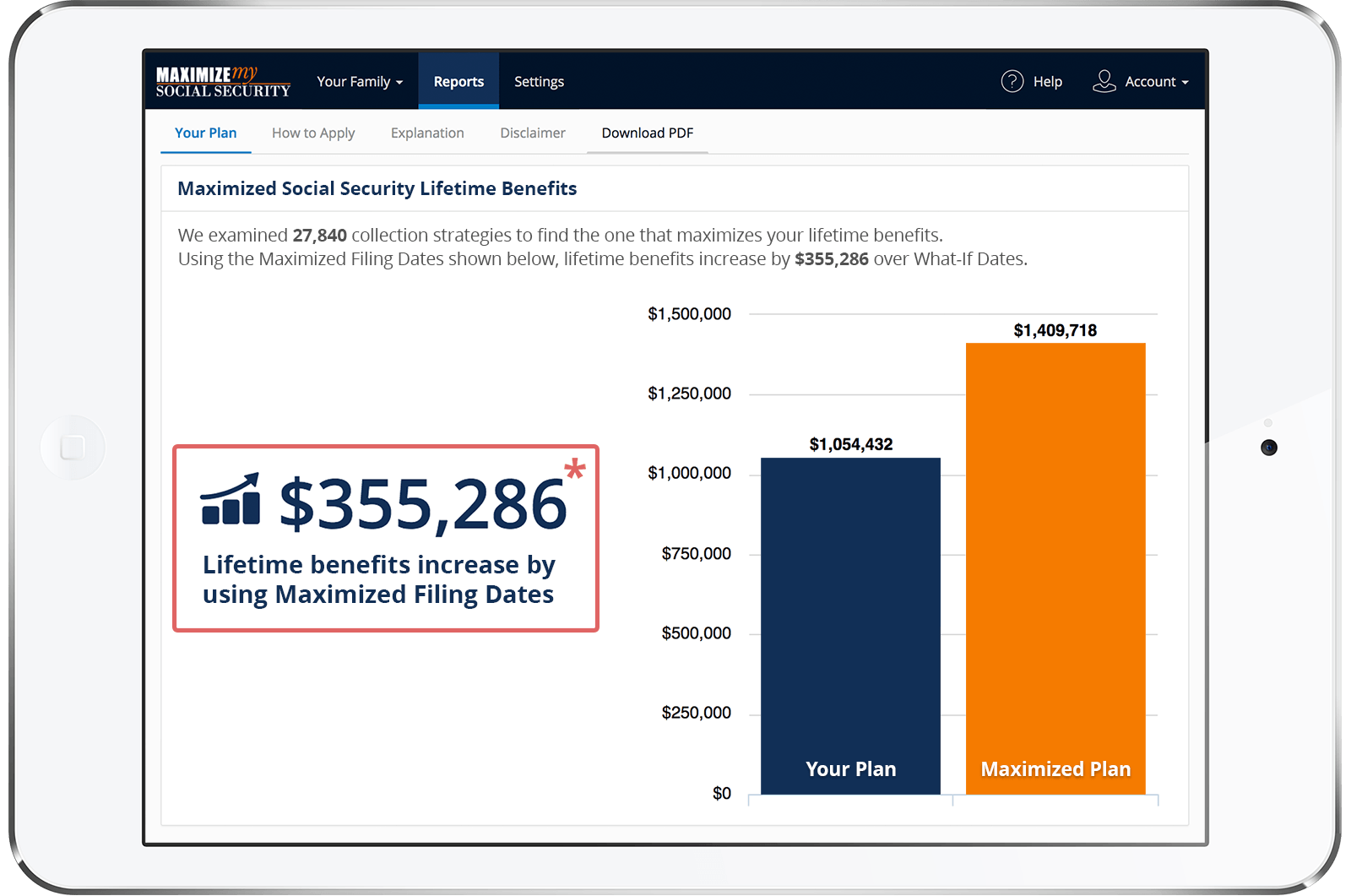My husband, age 65, passed away earlier this month. He retired in 2012 after many years of service as a federal employee. He drew a monthly pension from his federal employment. He also began collecting Social Security around age 62. He had paid in his 40 quarters prior to becoming a federal employee. Due to GPO, the Social Security benefit he collected was greatly reduced, (his check was around $345, I believe.) I am 62. I have also paid in my 40 quarters, but have not filed for Social Security.
Can you tell me what is my best option to maximize my Social Security benefits? At retirement, he had opted to receive a smaller pension check so that I would continue to receive his pension should he pass before me, which unfortunately did occur. Does GPO apply to me? I have no pension related to my own work history. I am overwhelmed and uncertain how to proceed. Thank you so much for your consideration in answering my question.
Hi,
I'm sorry for your loss.
No, the Government Pension Offset (GPO) won't apply to your benefits unless you receive a non-Social Security covered government pension based on YOUR OWN work.
Since your husband took his Social Security retirement benefits at age 62, your widow's rate will be limited to the higher of a) his reduced benefit rate or b) 82.5% of his full retirement age rate (PIA). And if you are age 62 now, you would already at least be very close to qualifying for the higher of those 2 rates now.
However, any reduction in your husband's benefit rate caused by the Windfall Elimination (or WEP) Provision (https://www.ssa.gov/pubs/EN-05-10045.pdf) would be removed when calculating your widow's rate. By the way, WEP is the provision that would have caused your husband's retirement rate to be reduced, not GPO. That should mean that your widow's rate will likely end up being higher than the amount that your husband was receiving.
Your best strategy is likely one of the following:
1) File for reduced widow's benefits now and then switch to your own record at age 70 if your own retirement benefit rate is higher than your widow's rate at that time; or,
2) File for reduced retirement benefits now and then file for your widow's benefits when they reach their highest possible rate.
In other words, you would likely want to start our drawing the lower of your 2 potential benefits, and then switch to the other benefit when it reaches it's maximum rate. Our maximization software should be able to help you determine your best strategy, but for accurate results you would need to find out your husband's primary insurance amount (PIA).
Best, Jerry
